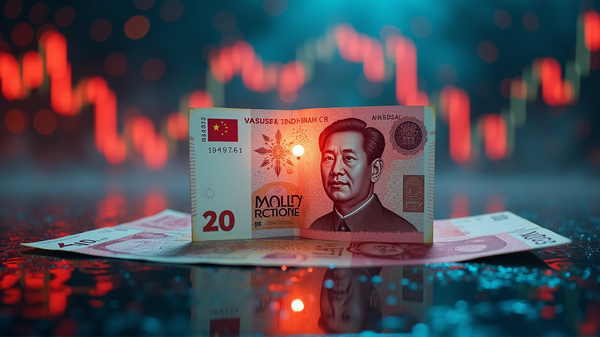"Donald Trump Releases a Unique Bitcoin Network NFT Collection"
Former President of the United States, Donald Trump, has launched a new NFT collection on the Bitcoin network, marking a significant foray into the world of digital assets. This move represents a growing trend among high-profile individuals embracing the rapidly evolving domain of blockchain and cryptocurrencies.
The collection, as reported by CollectTrumpCards on January 18th, comprises 200 unique NFT Ordinals embedded within the Bitcoin network. This integration is noteworthy as it showcases a novel use of the Bitcoin blockchain, typically known for its more traditional role in financial transactions rather than for hosting digital collectibles.
To acquire one of these new tokens, users must have purchased at least 100 NFTs from another collection named "Mugshot Edition," priced at $99 each. This requirement sets a high entry barrier, as collectors need to spend a minimum of $9,900 to become eligible.
The strategic decision to link the acquisition of the new NFTs with the previous Mugshot Edition collection suggests a clever marketing move. It not only incentivizes the purchase of the Mugshot Edition NFTs but also adds an exclusive aura to the new collection, making it more desirable for collectors and investors.
The choice of the Bitcoin network for this NFT venture is particularly intriguing. Historically, Ethereum has been the go-to blockchain for NFTs due to its smart contract capabilities, which are essential for creating and managing digital collectibles. However, Trump's decision to use the Bitcoin network could signal a potential shift in the NFT landscape, bringing more attention and possibly new functionalities to the Bitcoin blockchain in the realm of NFTs.
The Bitcoin-based NFTs, known as Ordinals, are a relatively new concept. They are digital artifacts inscribed directly onto the Bitcoin blockchain. Each Ordinal is unique, and their presence on the Bitcoin network adds a layer of security and immutability, characteristics inherent to the blockchain.
This launch also raises questions about the broader implications for the NFT market. Will other high-profile figures follow suit, and will we see an increasing number of NFTs on the Bitcoin network? This could lead to a diversification in the types of blockchains used for NFTs and possibly bring about new innovations in how these digital assets are created and traded.
The entry of Donald Trump into the NFT space is not just a business venture; it's also a cultural statement. As a former President with a significant following, his involvement could bring new demographics into the NFT and cryptocurrency spaces, potentially altering the landscape of digital asset ownership.
However, the high cost of entry and the requirement to purchase a large number of NFTs from a previous collection might limit the accessibility of these new NFTs to a broader audience. This exclusivity could either add to their appeal, making them more coveted among collectors and investors, or it could be a barrier that prevents wider adoption.
In conclusion, the release of Donald Trump's NFT collection on the Bitcoin network is a significant event in the cryptocurrency and digital asset world. It not only demonstrates the growing interest of prominent figures in NFTs but also highlights the potential for Bitcoin to expand its role in the digital asset space. As the NFT market continues to evolve, it will be interesting to see how this move influences future trends and the adoption of blockchain technology in various sectors.




